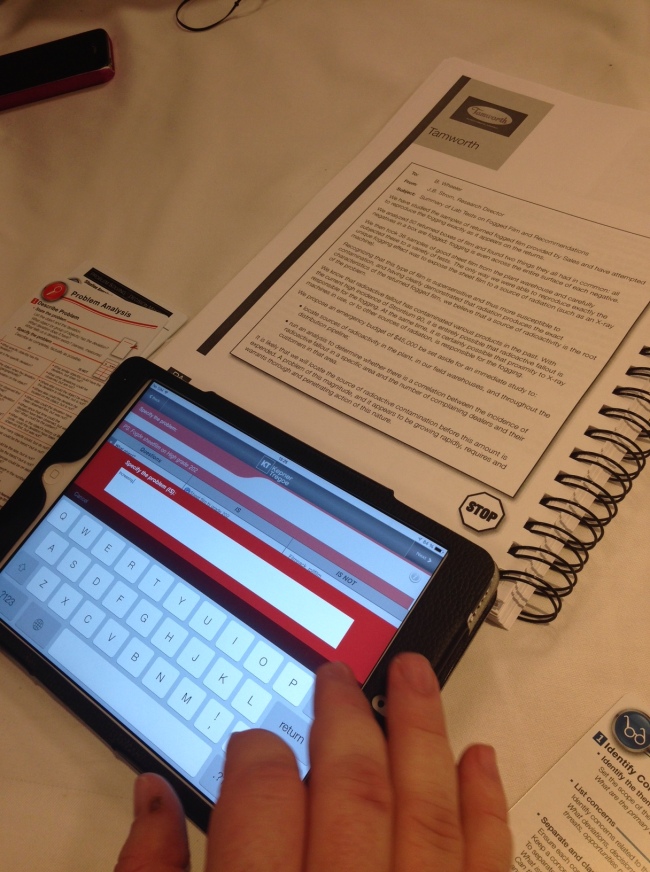Someone asked this question in the who I am page so I thought I would post my whole answer here as it was an excellent question! So here it is:
That is an excellent question!! I might have to write a post about that (note I have written a post just pasted the comment, I like to think of that as lean ;)). Firstly, if they profess to know and have done everything then you should be suspicious. Lean is a learning experience and not hubris. This makes humility a key skill in any good lean practitioner, the ability to learn and not rigidly stick to one approach is key. Ask them how they got to where they are today, if everything is perfect and all projects delivered perfect incredible results be suspicious. Ask what their influences are? How do they connect to the lean community? If they do read their stuff, blog, tweets, book etc. I have tremendous respect for Mark Graban as he puts it all out there. Being a lean thinker is about putting yourself out there and accepting input from others. Finally as a coach or a consultant (in any form not just lean) they should spend more time listening to your problems and your needs than they do telling you what you should do. There is a never a one size fits all approach in lean and be wary of those trying to sell you that. Lean is about learning how to implement basic principles in diverse situations.
What else would you add?
